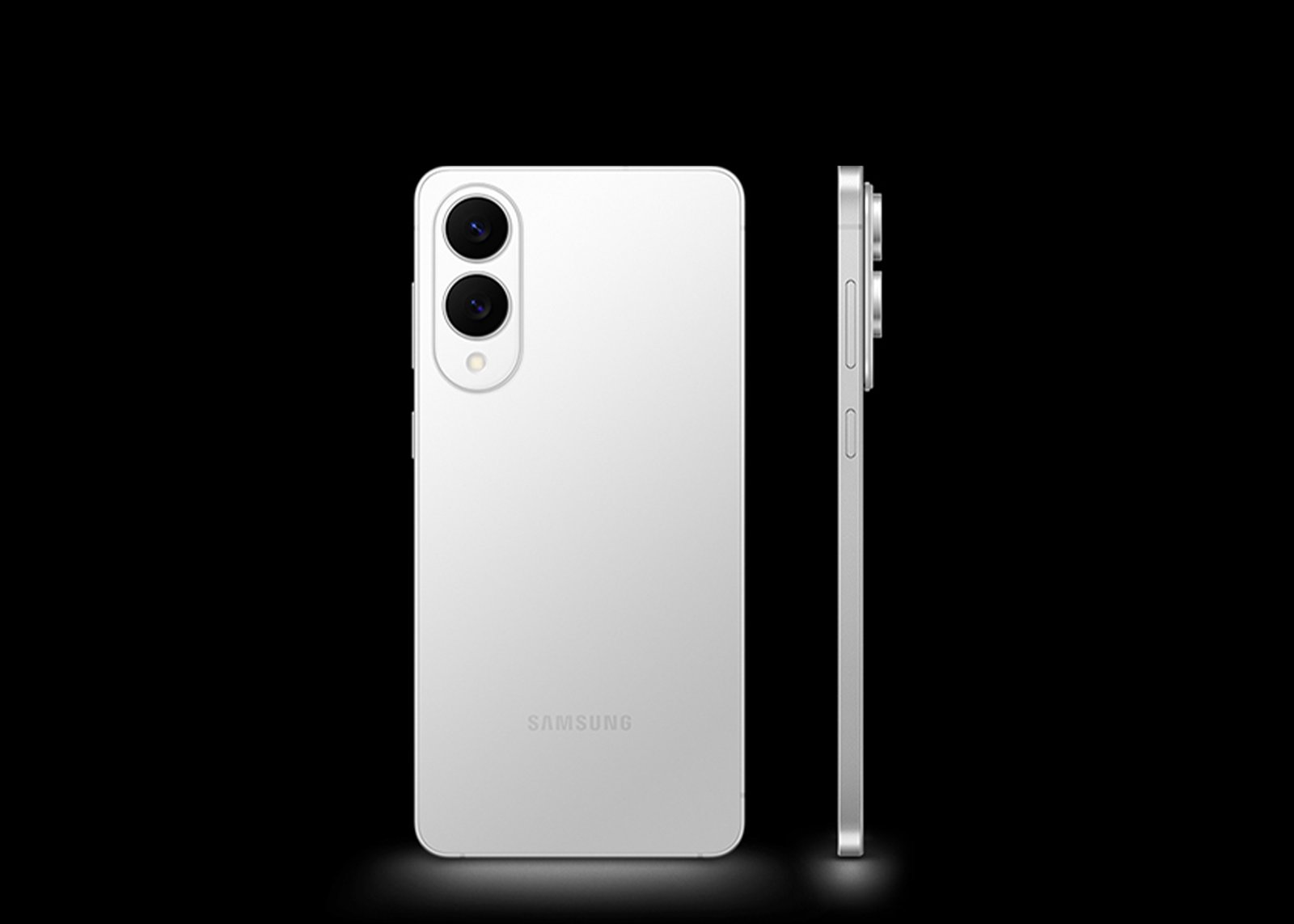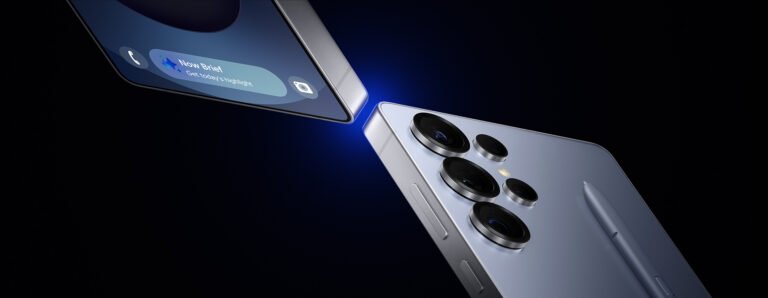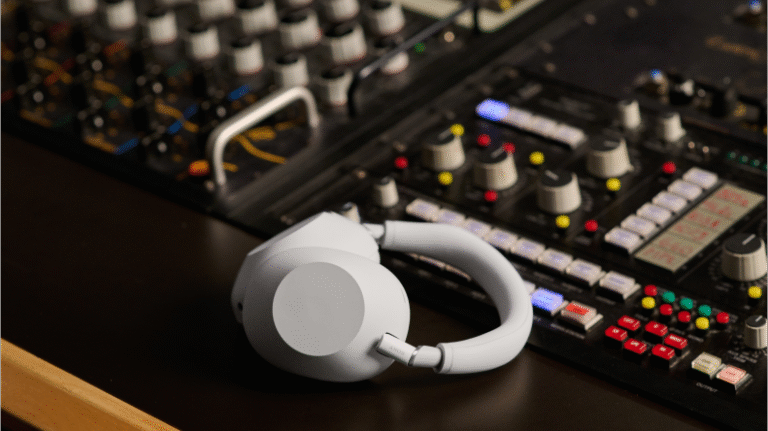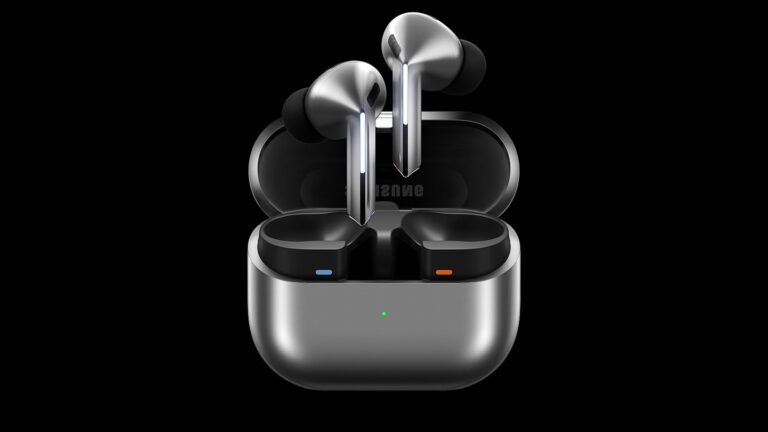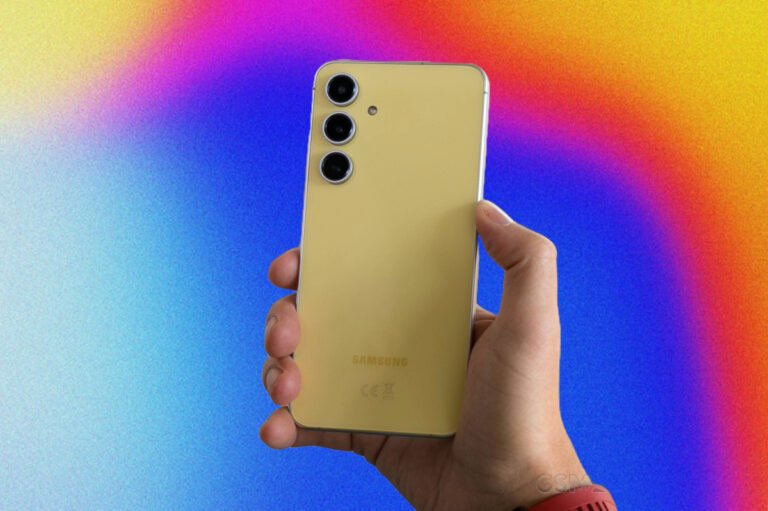Samsung Galaxy S25 Edge Review: Ultra-Thin Design, But at What Cost?
Introduction
The Samsung Galaxy S25 Edge is one of the thinnest smartphones ever made, measuring just 5.8mm—thinner than a standard pencil (7.7mm) and even the Galaxy S25 Ultra (8.2mm).
But here’s the big question: Does ultra-thin actually mean ultra-better?
Most users would prefer thicker phones with bigger batteries rather than razor-thin designs. Yet, Samsung has pushed forward with this experiment. So, does it work?
After daily driving the S25 Edge, here’s the full breakdown.
Design & Build: The Thinnest Galaxy Yet
1. Unmatched Thinness & Lightness
- 5.8mm thickness (vs. 7.7mm pencil / 8.2mm S25 Ultra).
- Feels like a “sheet of metal with a screen”—similar to the iPad Pro (2024) and Galaxy Tab Ultra.
- First impressions?
- On video: Looks sleek, but not jaw-dropping.
- In-hand experience: Shockingly light and premium.
2. Durability Concerns?
- No repeat of past bending issues (like the iPhone 6).
- Materials:
- Titanium frame (stronger than aluminum).
- Gorilla Glass Victus 3 + ceramic back.
- Survived real-world testing (pockets, drops, daily use).
3. The “Edge” Legacy
- The S6 Edge (2015) introduced curved displays for a bezel-less look.
- The S25 Edge revives the name—not for curves, but for ultra-thin rails that feel unique in-hand.
Display & Software: Familiar Yet Refined
1. Same Stunning Screen as S25 Plus
- 6.7-inch Dynamic AMOLED 2X (1440p, 120Hz).
- Bright, vibrant, and reflection-resistant.
- Ultrasonic fingerprint scanner (fast and reliable).
2. One UI 7: Samsung’s Best Yet
- Refined app drawer (vertical scrolling).
- Quick settings tweak:
- Default requires extra swipes (annoying).
- Fix: Settings > Notifications > Merge panels.
- iOS-inspired elements:
- Dynamic Island clone (for notifications).
- Control Center & Notifications split (swipe right/left).
Performance & Battery: The Trade-Offs
1. Same Flagship Chip as S25 Ultra
- Snapdragon 8 Gen 4 (blazing fast).
- No lag in daily use (social media, multitasking, light gaming).
2. Battery Life: The Biggest Compromise
- 3,900mAh battery (smaller than S25’s 4,500mAh).
- Real-world results:
- Light usage: Ends day with ~20-30% left.
- Heavy usage: 4.5-5 hours screen-on time (vs. 6-7hrs on S25 Plus).
- Who can live with this?
- Users with frequent charging options (wireless pads, car charging).
- Not ideal for travelers or heavy mobile users.
Cameras: Flagship Main Sensor, But Missing Zoom
1. Main Camera = S25 Ultra Quality
- 200MP sensor (pixel-binned to 12MP).
- Sharp, detailed, great dynamic range.
2. No Telephoto Lens
- Only main + ultrawide (12MP).
- Digital zoom (2x) is decent, but 10x optical (Ultra) is missed.
- Ultrawide performance:
- No vignetting or soft edges (unlike some iPhones).
- Macro mode works well.
The Big Debate: Ultra-Thin vs. Practicality
1. Why Thinner Phones?
- Marketing appeal (“world’s thinnest!”).
- Premium feel (lightweight, sleek).
2. Why Most Users Prefer Thicker Phones?
- Bigger batteries (longer usage).
- Less camera bump (better ergonomics).
3. The Future: Silicon Carbon Batteries?
- New tech allows thinner phones WITHOUT battery compromises.
- Higher density = same battery in slimmer body.
- Faster charging (e.g., Realme’s 10,000mAh concept phone).
- But S25 Edge doesn’t use this yet—hence the smaller battery.
4. iPhone 17 Air Rumors
- Expected ~2,800mAh battery (even worse than S25 Edge).
- Will Apple justify the trade-off?
Final Verdict: Who Should Buy the S25 Edge?
✅ Buy if:
- You love ultra-premium, thin designs.
- You prioritize aesthetics over battery life.
- You always have charging options nearby.
❌ Avoid if:
- You need all-day battery life.
- You rely on telephoto zoom.
- You prefer practicality over prestige.
The Bottom Line
The Galaxy S25 Edge is a technical marvel—stunningly thin, lightweight, and premium. But unless you’re obsessed with design, the S25 Plus or Ultra offer better battery and cameras for most users.
Would you sacrifice battery life for thinness? Let us know in the comments!
